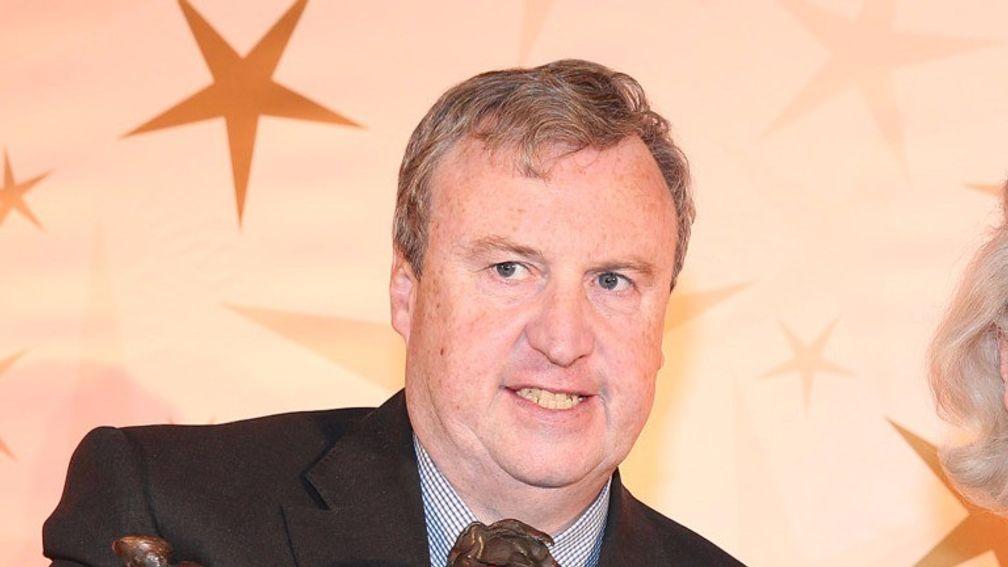Number of jump jockey licences drops but Kavanagh positive

Brian Kavanagh believes the early impression made by teenager Jack Kennedy and 20-year-old Grand National-winning rider David Mullins could entice aspiring young jump jockeys to take out a licence and help stop a reduction in the ranks.
The Turf Club released its 2016 integrity statistics on Thursday, revealing an eight per cent decline in the number of jump jockey licences issued.
Only 101 were issued in 2016, down nine on 2015 and 16 fewer than in 2014.
Horse Racing Ireland chief executive Kavanagh said: "It's a concern but I don't regard it as a major issue.
"It's roughly on a par with 2012, and a lot of good young riders have made the breakthrough in recent years. To see Jack Kennedy and David Mullins doing so well at such a young age will hopefully have a positive impact."
Turf Club chief executive Denis Egan, however, admitted there is a lack of young blood.
"The main reasons for the fall since 2014 is the increased number of retirements and, to a lesser extent, the relocation of some riders to other jurisdictions with these riders not being replaced quick enough by new entrants to the sport."
There was an 18 per cent decrease in the penalties handed down for whip offences in 2016, with Egan saying: "The decline in the number of penalties imposed for breaches of whip rules is due to a further improvement in the standard of whip use by riders."
In other statistics, of 23 Turf Club appeals in 2016, 52 per cent were either successful or partly successful, while there were four positive drug test results from 178 samples from jockeys.
There were 3,540 samples taken from horses in 2016, with five tests returned positive. All 231 out-of-competition samples were negative.
The fall rate per rider decreased in jump racing to 4.43 per cent, but the injury rate per fall increased to 26.6 per cent. Professional riders lost 559 weeks due to injury.
Commenting on the medical statistics, Turf Club senior medical officer Dr Adrian McGoldrick said: “Our fracture rate and visceral injury rate was the highest for some years.
"The introduction of the level 2 safety vest with effect from January 1, 2017 has the potential to reduce the visceral injury rate."
He added: "The concussion rate remains stable and the introduction of a minimum helmet standard in 2014 has assisted here.”
Published on 16 February 2017inNews
Last updated 19:30, 16 February 2017
- Merci Olivier! No final winner for Olivier Peslier but the world of racing unites in saluting the end of a great career
- The latest edition of the Racing Post is available to read online now - here's how you can access it
- How Smart View recorded a 76 per cent profit at the Cheltenham Festival
- Smart View is available on the Racing Post app - how to read the revolutionary new racecard
- Levy reform talks 'accelerating' as clock ticks down to April deadline for agreement
- Merci Olivier! No final winner for Olivier Peslier but the world of racing unites in saluting the end of a great career
- The latest edition of the Racing Post is available to read online now - here's how you can access it
- How Smart View recorded a 76 per cent profit at the Cheltenham Festival
- Smart View is available on the Racing Post app - how to read the revolutionary new racecard
- Levy reform talks 'accelerating' as clock ticks down to April deadline for agreement